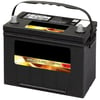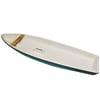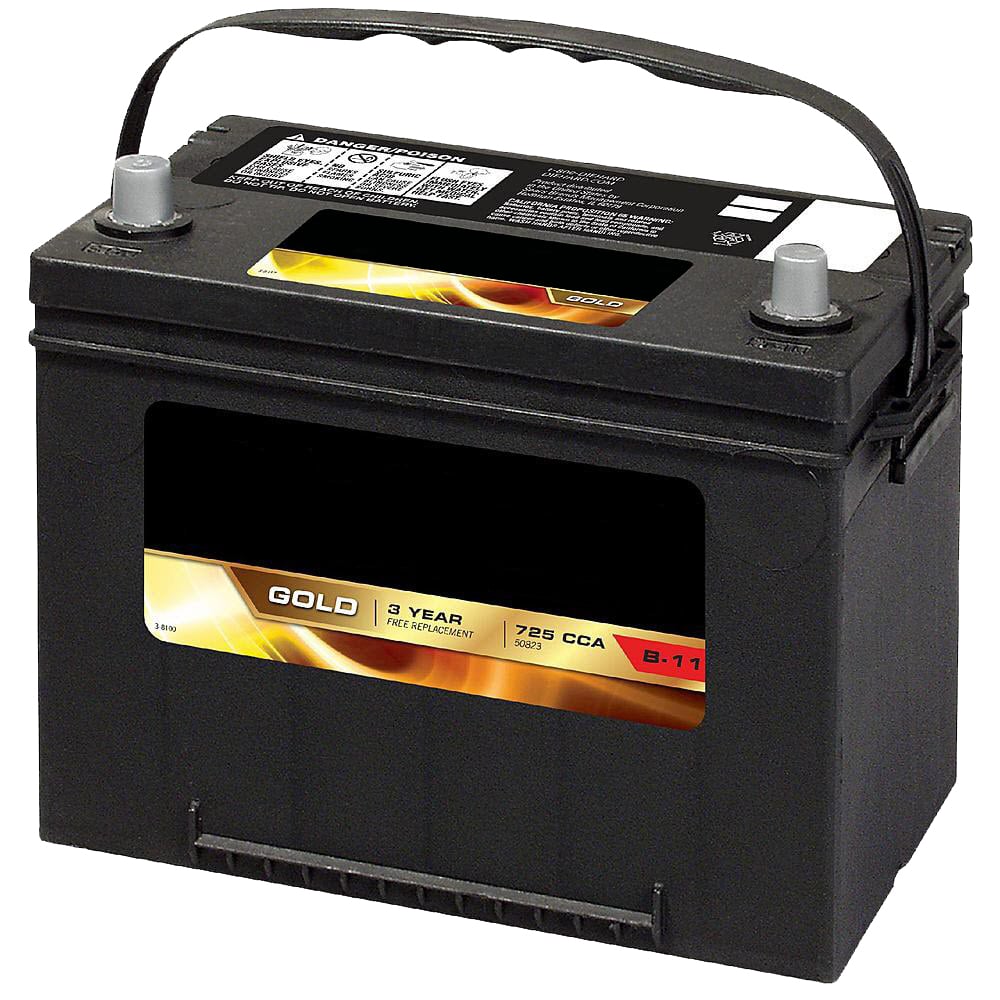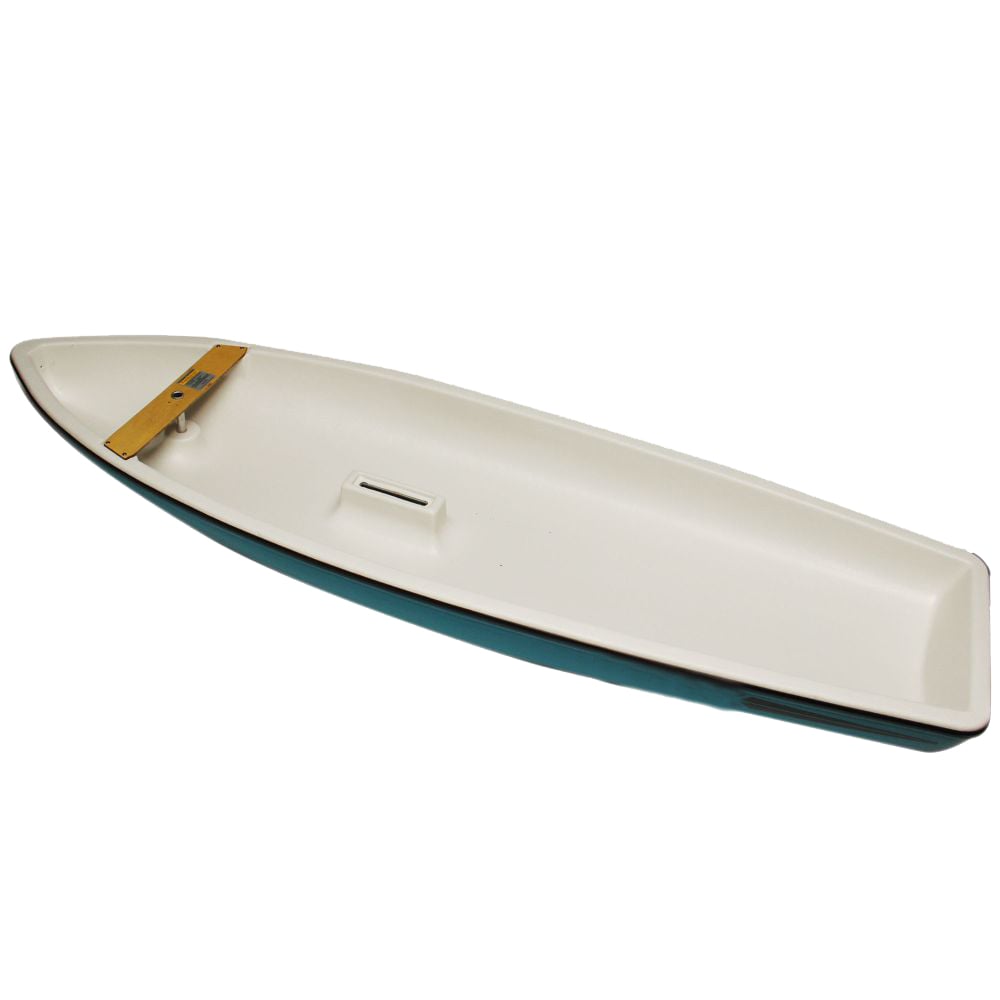Winches are valuable tools but they can break down occasionally. Winch motor wear out over time and wire ropes or cables can get damaged during use. Replace any worn or broken parts to keep your Superwinch tools in top condition.
Superwinch product parts
| Superwinch automotive Parts |
| Superwinch boating Parts |
We carry parts for these popular Superwinch models
What’s inside a Superwinch?
Before troubleshooting any Superwinch issues, it’s important to understand the different parts of your winch. For tips on repairing each of these parts, keep on reading.
- Wire rope—The rope connects your vehicle or boat winch to the object being towed. Over time, the wire rope can become frayed or broken.
- Drive shaft—The shaft rotates the rope spool to move the towed object. The drive shaft is one of the strongest parts of the winch, but it can get damaged by towing an overweight load.
- Motor—Creates the spinning power that rotates the drive shaft. The motor is the powerhouse of the winch and is susceptible to several types of failures. Most of these failures can be easily repaired as outlined below.
- Solenoid—Heavy-duty relay that activates the winch motor. Solenoids are one of the most frequently repaired parts of a Superwinch, so we’ve included detailed descriptions of Superwinch solenoid issues in the section below.
- Battery—The power source for the winch. If your winch won’t start or is experiencing low power, the battery or the battery connections are likely the cause of the problem.
Common Superwinch problems
- Motor operates in only one direction—This is often caused by a solenoid issue. See the diagnosis of Superwinch solenoid problems in the section below.
- Winch runs backwards—Check the wiring. The motor or switch wires may have been reversed during installation.
- Wire rope is frayed or broken—Over time, the wire rope will sustain some level of damage, particularly if the winch is used improperly. You can minimize this issue by rewinding the rope carefully under a moderate load—500 pounds or less—after each use.
- Winch isn’t as strong as it used to be—Low power in your winch is almost always an electrical issue. Check for a weak battery, loose battery connections, or motor problems. These issues can appear over time as your battery wears out, as wiring deteriorates or as your winch is exposed to damage from physical impacts or weather conditions.
- Motor overheats—If the motor has been running for a long period of time, turn off the winch and allow it to cool. If the motor overheats quickly, its windings may be shorting out. Check the motor and replace or repair any damaged parts.
- Winch won’t freespool—Problems with freespooling can be caused by built-up grease or debris in the gear housing or by bent drum flanges. Clean and lightly oil the gear housing and repair or replace the drum.
- Winch won’t run wirelessly—Check the connections from the Power Distribution Module (PDM) to the solenoids, battery, ignition lead and antenna. If all connections are working properly, the PDM may need to be reprogrammed.
Diagnose Superwinch solenoid issues
Worn or damaged solenoids are one of the most common issues found in malfunctioning Superwinches. Thankfully they are also one of the more easily repairable problems. If you hear a clicking noise or the winch will spool out under power but not spool back in, you may be dealing with a bad solenoid. If the winch operates in one direction but not the other, the solenoid likely needs to be replaced.
Find your Superwinch replacement parts at Sears PartsDirect
Sears PartsDirect carries the ultimate collection of Superwinch parts for all the most popular models, including the OX and X3 terrain models and the M3 and EM1 boat winch models.



